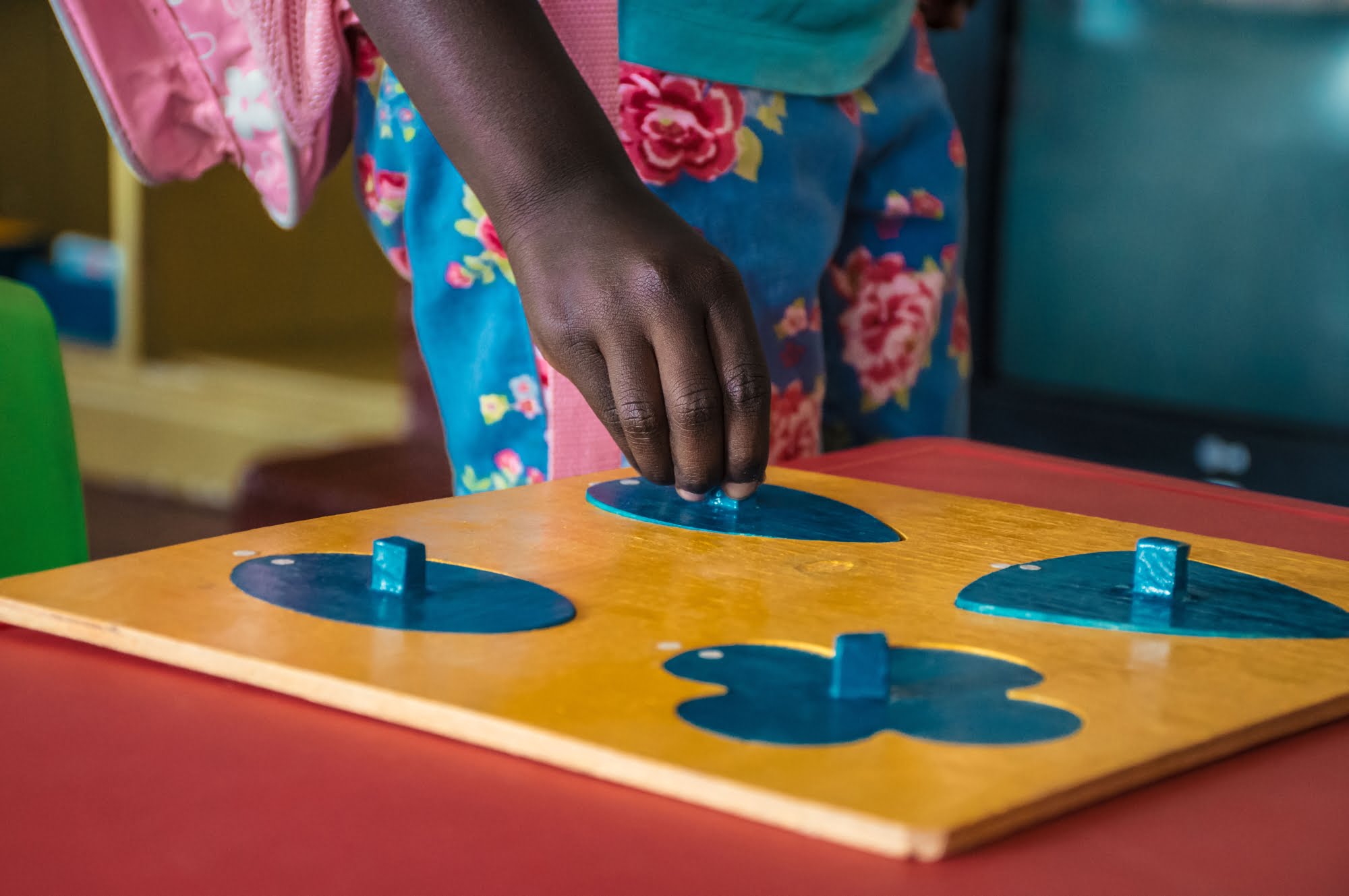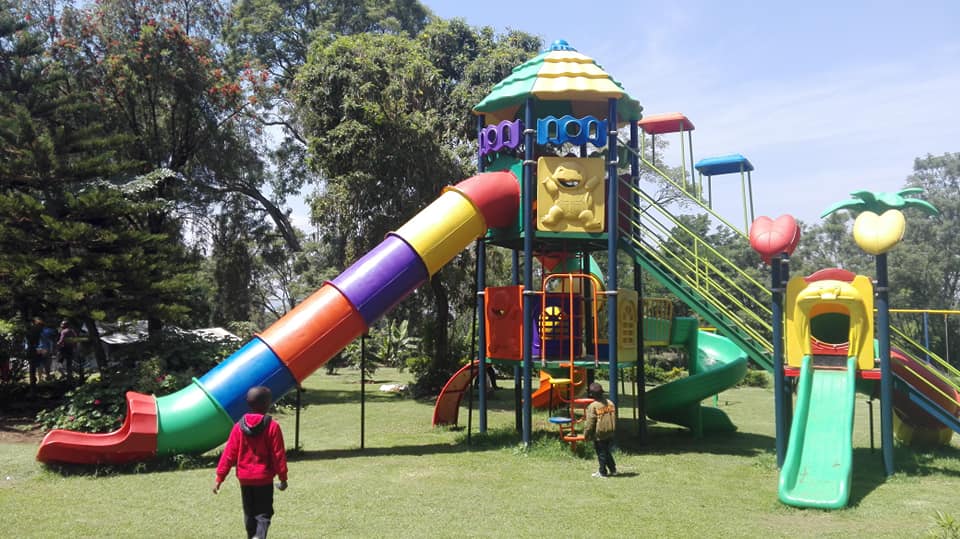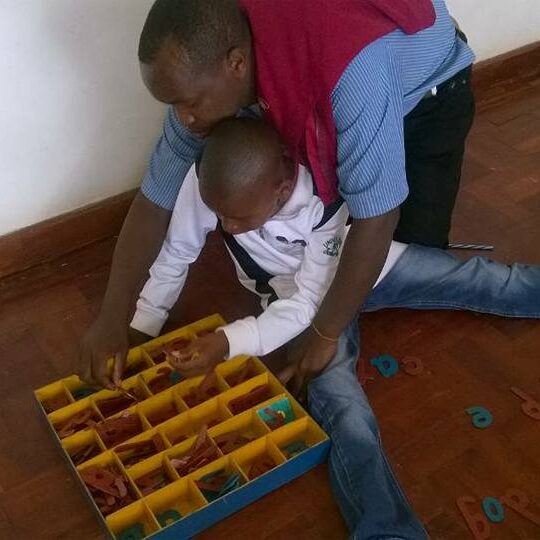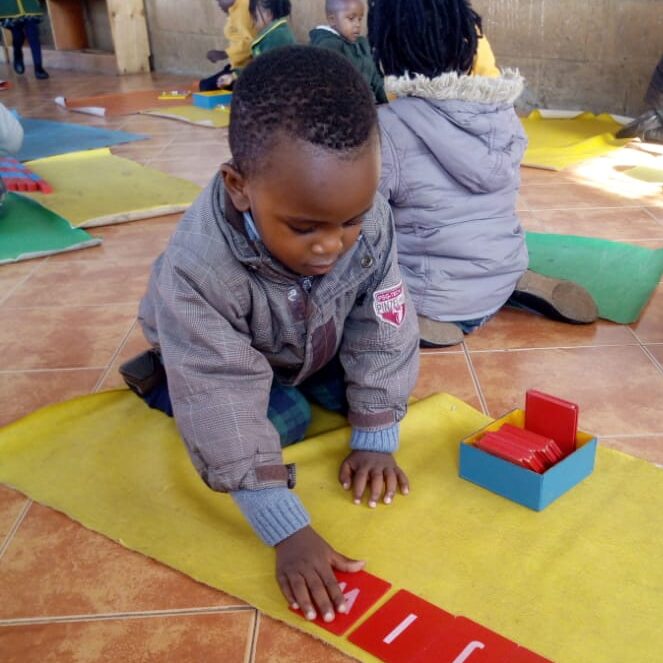Introduction
In today’s fast-paced and competitive world, students face a myriad of challenges that can take a toll on their emotional well-being. Academic pressures, social interactions, and personal struggles can create a rollercoaster of emotions for students. To address these challenges, learning centers are implementing various therapeutic strategies and interventions to help students build emotional resilience. This article will explore the importance of emotional resilience in students and delve into the effective therapeutic techniques used to empower them in coping with emotions, stress, and challenges.
Understanding Emotional Resilience
Defining Emotional Resilience
Emotional resilience refers to the ability to bounce back from adversity and maintain psychological well-being. It enables individuals to adapt to stressful situations, overcome obstacles, and emerge stronger from setbacks.
The Significance of Emotional Resilience in Students
Emotional resilience plays a crucial role in a student’s overall development and academic success. Students who possess emotional resilience are better equipped to handle the ups and downs of their educational journey, making them more likely to perform well academically and maintain healthy relationships.
Therapeutic Strategies for Building Emotional Resilience
1. Mindfulness and Meditation
Mindfulness practices, such as meditation and deep breathing exercises, are powerful tools in building emotional resilience. These techniques help students to be present in the moment, manage stress, and regulate their emotions effectively.
2. Cognitive Behavioral Therapy
Cognitive Behavioral Therapy (CBT) is widely used in learning centers to assist students in recognizing negative thought patterns and replacing them with more positive and constructive ones. CBT equips students with coping mechanisms to tackle challenges and reduce emotional distress.
3. Art and Expressive Therapies
Engaging in art and expressive therapies, such as drawing, painting, or creative writing, allows students to channel their emotions in a healthy and productive way. These activities provide an outlet for self-expression and promote emotional healing.
4. Social and Emotional Learning Programs
Learning centers often incorporate social and emotional learning programs into their curriculum. These programs teach students essential life skills, such as empathy, communication, and conflict resolution, fostering emotional intelligence and resilience.
5. Support Groups and Peer Counseling
Creating a supportive environment for students is crucial in building emotional resilience. Support groups and peer counseling initiatives encourage students to share their experiences and support one another through challenging times.
6. Physical Exercise and Outdoor Activities
Regular physical exercise and outdoor activities have a positive impact on mental health. They reduce stress, boost mood, and enhance overall well-being, contributing to increased emotional resilience in students.
7. Mindset and Positive Affirmations
Instilling a growth mindset in students can significantly impact their emotional resilience. Encouraging positive affirmations and emphasizing the power of perseverance and self-belief helps students overcome obstacles with a more optimistic outlook.
Conclusion
In conclusion, building emotional resilience in students is of utmost importance for their holistic development and success in both academics and life. Learning centers are taking proactive steps to implement various therapeutic strategies and interventions that empower students to cope with emotions, stress, and challenges effectively. By fostering emotional resilience, we equip students with invaluable tools that will serve them well throughout their lives.
FAQs (Frequently Asked Questions)
1. How does emotional resilience benefit students?
Emotional resilience benefits students by enabling them to handle challenges, bounce back from setbacks, and maintain psychological well-being, ultimately leading to improved academic performance and healthier relationships.
2. Are therapeutic strategies effective in building emotional resilience?
Yes, therapeutic strategies, such as mindfulness practices, cognitive behavioral therapy, and art therapies, have proven to be effective in enhancing emotional resilience in students.
3. How can a growth mindset influence emotional resilience?
A growth mindset fosters a belief in one’s ability to learn and grow, even in the face of challenges. This positive outlook helps students develop greater emotional resilience and perseverance.
4. Can outdoor activities contribute to emotional resilience?
Yes, physical exercise and outdoor activities have been shown to reduce stress and improve mental well-being, contributing to the development of emotional resilience.
5. How important is peer support in building emotional resilience?
Peer support and counseling play a vital role in building emotional resilience as they create a safe space for students to share their experiences and offer support to one another.









1 thought on “Building Emotional Resilience in Students: Therapeutic Strategies”
Hi, this is a comment.
To get started with moderating, editing, and deleting comments, please visit the Comments screen in the dashboard.
Commenter avatars come from Gravatar.
Comments are closed.